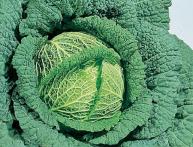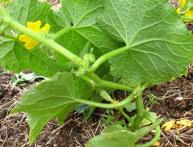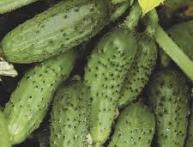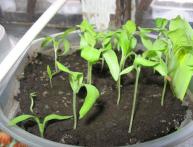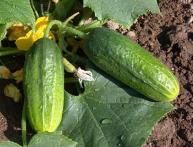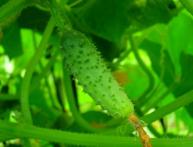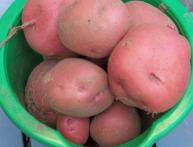Potato ripening time. Everyone should know this!
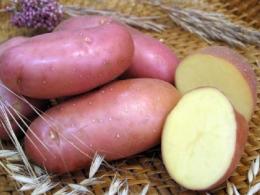
It’s hard to imagine our gardens without potatoes, isn’t it? This vegetable has become such an integral part of our diet that it is not at all easy to imagine life without it...
Content:
Our second bread is potatoes
Potatoes were first mentioned in 1698, when they were brought by Peter I from Holland. Thus began the spread of this culture across the vast expanses of Russia. This happened with some difficulties. This can be confirmed by the fact that in 1765–1766 the Senate considered the issue of increasing potato growth more than a dozen times and issued corresponding resolutions. Sometimes things ended in incidents, because due to ignorance, peasants often cooked not the vegetable tubers, but themselves berries. Naturally, this reflected poorly on the popularization of potatoes.
Nowadays it is impossible to find a village in Russia where this plant is not grown. The widespread cultivation of potatoes is partly due to its valuable properties, namely: irreplaceable nutritional qualities, high productivity, versatility of preparation and use. As for the positive properties of the plant, it is worth noting the following:
- a large number of vitamins and enzymes necessary for the body. Vitamin C is especially prominent in the composition;
- dry substances, the amount of which reaches 25%;
- mineral salts and trace elements.
Almost all the proteins and minerals are found under the skin, close to the surface.This is why potatoes keep so well.
The expansion of the plant's distribution area prompted domestic breeders to create new varieties. By now there are already many hundreds of them. For example, there are already about 140 zoned varieties.
Their main characteristics: high yield, resistance to pathogenic elements. Of course, against this background, it is very strange to know that only a few dozen varieties are in demand among land plot owners. It is clear that there are some differences between potato production in fields and small home plots. Large fields require frequent changes of varieties due to low pathogen resistance potential (late blight and viruses). Homestead farming is characterized by the “establishment” of varieties. Vivid examples are species such as Penza early ripening, Lorch, Early Rose, Sineglazka, Priskulsky early, Volzhanin. These varieties have been around for many years, but they are still actively cultivated to this day.
Potato ripening time
It is known that each variety has its own ripening period (ripeness group) and economic purpose. According to their early maturity, potatoes are conventionally divided into the following groups:
- Early ripening variety - growing season 65-70 days.
- Mid-early variety – 70-75 days.
- Mid-season variety – 80-85 days.
- Medium late variety – 115-120 days.
- Late ripening variety – 130-140 days.
In addition, there is the concept of physiological and economic early maturity of a variety. The first type is determined by the phase of development of the vegetable: formation of seedlings, budding, blossoming and death of the bean. Economic precocity is recognized using test diggings of the bush based on the growing season of the potato.Among potatoes for economic purposes, the following varieties are distinguished:
- Dining room.
- Table-technical.
- Stern.
- Industrial.
- Universal.
- For recycling.
The main reason for creating new potato varieties is the need of the population and the industrial sector. What varieties of this vegetable should a gardener pay attention to in order to get a good harvest in his garden? In any case, a good solution would be to test several potato varieties.
- Bronnitsky is a universal, mid-season variety that is distinguished by good taste and high yield. Characteristics of the tubers: creamy, round, yellow flesh. Starch content is 17-18%, and protein is more than 2%.
- The Bronnitsky variety is suitable for growing on different types of soil, but the best harvest can be expected on black soil and cultivated loam. Resistant to drought and late blight and viruses.
- Bylina is a mid-early table variety with pronounced taste properties. Characteristics of tubers: oval, white, white flesh. The starch content of the variety is 16-18%, protein is 2%. Bylina is distinguished by its plasticity and responsiveness to loose, well-cultivated soil.
- Domodedovo potato variety is a table variety, early ripening, with high taste sensations and excellent yield. As for the tubers, they are round, white, with smooth skin and white pulp. Such potatoes do not darken. The percentage of starch is 14-16%, and protein – 2%.



